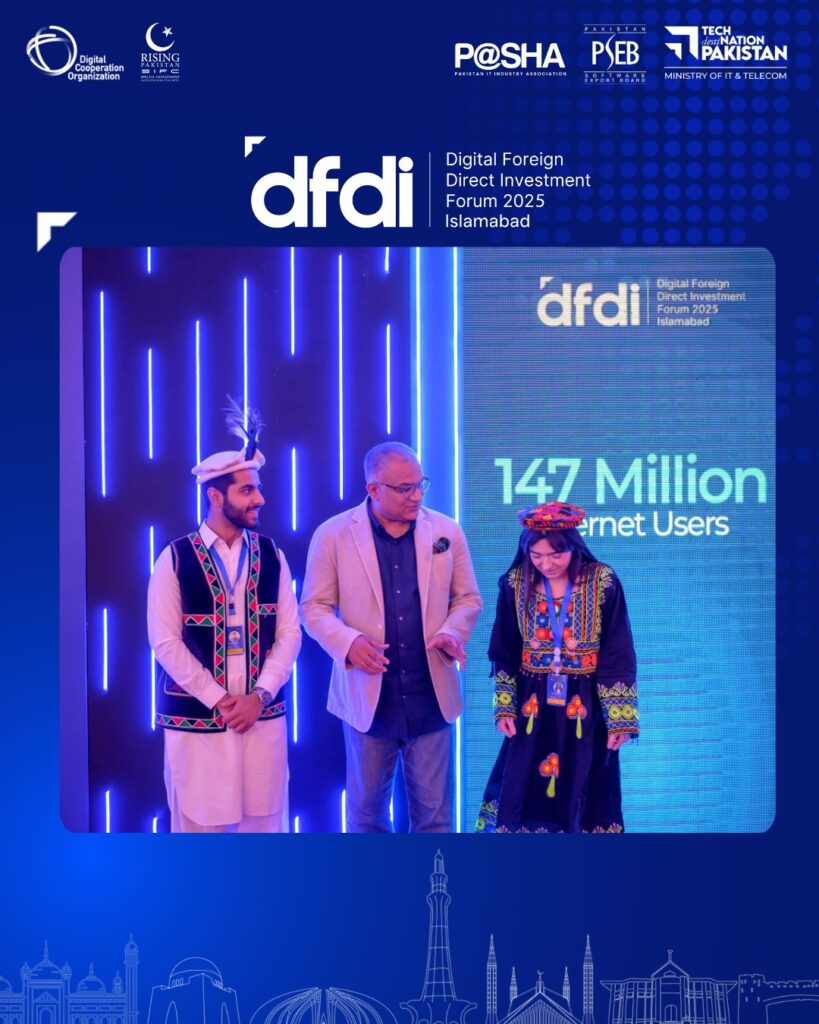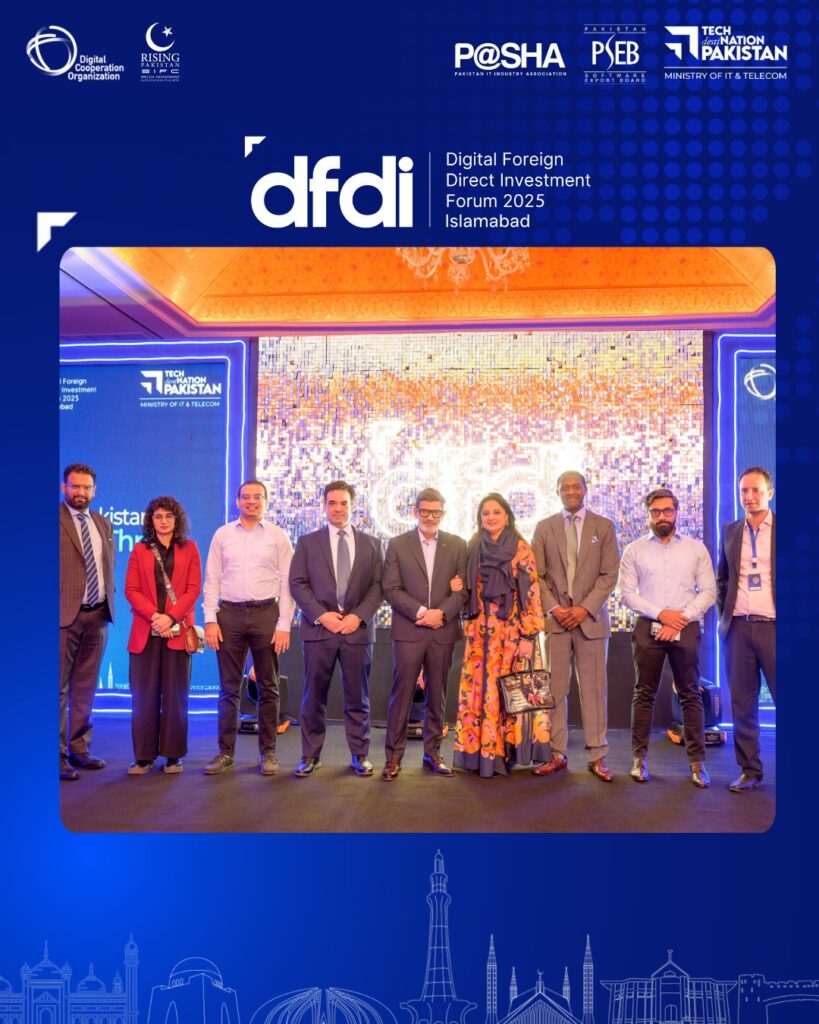Table of Contents
Mining and Minerals Investment Pakistan: An Overview
Mining and minerals investment Pakistan is rapidly gaining momentum as the country seeks to diversify its economy and leverage its vast natural resources. Pakistan holds significant deposits of coal, copper, gold, chromite, salt, and other precious and industrial minerals. These resources remain largely underexploited, presenting enormous opportunities for investment.
In 2025, renewed government focus on mining reforms, infrastructure enhancement, and foreign investment facilitation is boosting confidence in the sector. Both local businesses and international investors are eyeing Pakistan’s mining sector as a lucrative area for long-term growth.
Why Mining and Minerals Investment Pakistan Is Crucial in 2025
Pakistan’s growing population, industrialization, and energy needs make mining a strategic sector. The country’s mineral wealth can support:
- Energy Security: Through coal and uranium mining.
- Industrial Growth: Supplying raw materials for manufacturing and construction.
- Employment Generation: Creating thousands of jobs in mining, processing, and services.
- Export Earnings: Diversifying the economy beyond textiles and agriculture.
Investing in mining and minerals investment Pakistan can yield high returns due to rising global demand for minerals and metals critical to modern industries such as electronics, automotive, and renewable energy.

Key Minerals Driving Mining and Minerals Investment Pakistan
Mining and minerals investment Pakistan is significantly influenced by the diverse range of mineral resources available across the country. Understanding these key minerals helps investors identify lucrative opportunities and align their strategies for maximum returns in 2025 and beyond. Below is a detailed look at the primary minerals that are shaping the landscape of mining and minerals investment Pakistan.
1. Coal: Powering Pakistan’s Energy Future
Coal stands as one of the cornerstone minerals for mining and minerals investment Pakistan. The country boasts coal reserves estimated at over 185 billion tons, primarily concentrated in the Thar Desert of Sindh, alongside smaller deposits in Punjab and Balochistan. These reserves are vital to Pakistan’s energy sector, especially as the government aims to reduce reliance on imported fuels.
Investment in coal mining not only supports domestic power generation through coal-fired plants but also stimulates economic activity by creating jobs and related industries. The development of clean coal technologies is also attracting sustainable mining investments, making coal mining a strategic priority under mining and minerals investment Pakistan initiatives.
2. Copper: Unlocking High-Value Deposits
Copper is a highly sought-after mineral in mining and minerals investment Pakistan due to its essential role in electrical wiring, electronics, construction, and renewable energy infrastructure. Pakistan’s most prominent copper deposits are found at the Reko Diq and Saindak mines in Balochistan, which rank among the largest undeveloped copper-gold porphyry systems globally.
Mining and minerals investment Pakistan in copper is expected to surge as these projects move from exploration to full-scale production, supported by international mining companies and government partnerships. The value of copper, combined with associated gold deposits, offers lucrative prospects for investors focusing on metals critical to the green energy transition.
3. Gold: A Precious Metal with Strategic Importance
Gold mining is closely linked with copper exploration in Pakistan. The country’s gold reserves, primarily at Reko Diq and Saindak, contribute significantly to mining and minerals investment Pakistan. Gold’s high market value and demand as a store of wealth and industrial metal make it an attractive asset.
Investors interested in precious metals are increasingly eyeing Pakistan’s gold deposits, bolstered by improved geological surveys and mining legislation that encourage foreign direct investment in this sector. Gold mining projects also offer opportunities for community development and sustainable practices, reinforcing the sector’s importance.
4. Chromite and Industrial Minerals: Supporting Local Industries
Apart from metallic minerals, industrial minerals like chromite, gypsum, limestone, salt, and marble play a vital role in mining and minerals investment Pakistan. Chromite is essential for stainless steel production and is found mainly in Balochistan and Gilgit-Baltistan regions.
Limestone and gypsum support the cement industry, a key driver of infrastructure development in Pakistan. Salt mining, especially from the famous Khewra Salt Mine, contributes both to domestic consumption and export revenue. Marble and other decorative stones from the northern areas are increasingly in demand in both local and international markets.
Investment in these minerals often involves smaller-scale operations but collectively represent a robust segment within mining and minerals investment Pakistan, supplying raw materials critical to construction, manufacturing, and export sectors.
5. Rare Earth Elements and Emerging Minerals
While still in nascent stages, Pakistan’s deposits of rare earth elements (REEs) and other critical minerals such as lithium and uranium are attracting attention. These minerals are indispensable for high-tech industries, batteries, and nuclear energy.
Mining and minerals investment Pakistan in REEs and emerging minerals is expected to grow with advancements in exploration technology and supportive government policies. Early investments in these minerals could position Pakistan as a future key player in the global supply chain for high-tech materials.
Government Policies Supporting Mining and Minerals Investment Pakistan
In 2025, the Pakistani government is emphasizing reforms to attract investment, including:
- Ease of Doing Business: Simplified licensing and permits.
- Tax Incentives: Reduced duties and corporate tax relief for mining projects.
- Infrastructure Development: Improved transport and energy infrastructure near mining zones.
- Public-Private Partnerships: Encouraging joint ventures and foreign direct investment.
These reforms are designed to provide a stable and transparent environment, crucial for high-risk capital-intensive mining ventures.
Challenges in Mining and Minerals Investment Pakistan
While mining and minerals investment Pakistan holds great promise, the sector faces several challenges that investors and policymakers must carefully navigate. Understanding these obstacles is crucial for creating effective strategies to unlock the full potential of Pakistan’s mineral wealth in 2025 and beyond.
1. Regulatory and Policy Uncertainties
One of the primary challenges in mining and minerals investment Pakistan is the evolving regulatory framework. Although the government has introduced reforms to improve transparency and ease of doing business, inconsistencies and frequent changes in mining policies can create uncertainty for investors.
Complex licensing procedures, unclear land acquisition processes, and delays in approvals discourage timely project development. Additionally, overlapping jurisdiction between federal and provincial authorities sometimes leads to conflicting regulations, making compliance cumbersome.
Resolving these regulatory bottlenecks is essential for building investor confidence and accelerating mining and minerals investment Pakistan.
2. Security Concerns and Political Stability
Security issues in certain mineral-rich regions, particularly parts of Balochistan and Khyber Pakhtunkhwa, pose risks to mining operations and investments. Threats such as insurgency, theft, and sabotage can disrupt mining activities and increase operational costs.
Political instability at regional and national levels also affects the investment climate. Consistent policies and peaceful environments are critical for attracting sustained mining and minerals investment Pakistan.
Efforts to enhance law enforcement, improve local community relations, and promote inclusive development are key to mitigating security risks in mining zones.
3. Infrastructure Deficits
Mining projects require robust infrastructure, including roads, power supply, water resources, and communication networks. Many mineral-rich areas in Pakistan suffer from underdeveloped infrastructure, which hampers exploration, extraction, and transportation of minerals.
Insufficient power availability increases reliance on costly diesel generators, raising production costs. Poor road connectivity delays project timelines and affects supply chains.
Addressing infrastructure gaps through public-private partnerships and government investment is vital to support large-scale mining and minerals investment Pakistan.
4. Environmental and Social Challenges
Environmental concerns are increasingly influencing mining and minerals investment Pakistan. Mining activities can cause land degradation, water pollution, and biodiversity loss if not managed sustainably.
Strict environmental regulations and community opposition to mining operations due to perceived ecological damage can delay or halt projects. Social challenges include displacement of local populations and inadequate sharing of mining benefits with host communities.
Adopting responsible mining practices, investing in environmental management, and ensuring transparent community engagement are essential to overcoming these challenges.
5. Lack of Skilled Workforce and Technology
Mining and minerals investment Pakistan is sometimes limited by the availability of skilled labor and advanced technology. Many mining operations still rely on outdated equipment and manual processes, which reduce efficiency and safety.
The scarcity of trained geologists, engineers, and technical staff hinders exploration and project management. Additionally, limited access to cutting-edge mining technologies delays resource optimization and increases environmental footprint.
Investment in training programs, technology transfer, and innovation is critical for enhancing the competitiveness of mining and minerals investment Pakistan.
6. Financial Constraints and Market Volatility
Mining projects are capital intensive with long gestation periods. Access to financing can be challenging due to perceived risks and fluctuating commodity prices. Market volatility affects the profitability of mining ventures, making it harder to secure loans or attract foreign direct investment.
Currency fluctuations and changing global trade policies also impact export potential and investor returns. Developing risk mitigation instruments and stable financial frameworks will help boost mining and minerals investment Pakistan.ssential for scaling up mining and minerals investment Pakistan.
Future Prospects: Mining and Minerals Investment Pakistan in 2025 and Beyond
With the global shift towards green technologies, minerals like copper and rare earth elements will see rising demand. Pakistan’s mineral sector is poised to become a regional mining hub by:
- Expanding coal mining for power projects.
- Developing copper and gold mines with modern technology.
- Encouraging downstream mineral processing industries.
- Attracting diversified FDI from Asia, Europe, and Middle East.
Mining and minerals investment Pakistan will play a critical role in economic diversification and sustainable growth.
Sustainable Practices in Mining and Minerals Investment Pakistan
Sustainability is key in mining and minerals investment Pakistan to balance economic benefits with environmental preservation. Adoption of modern extraction methods, waste management, and community engagement are vital.
- Encouraging renewable energy use in mining operations.
- Water conservation techniques.
- Social impact programs benefiting local communities.
Sustainable mining will ensure long-term profitability and social license to operate.
Role of Technology in Enhancing Mining and Minerals Investment Pakistan
Technological innovations like remote sensing, automation, and AI-driven exploration are transforming mining. Pakistan’s mining sector is gradually adopting these technologies to:
- Improve resource discovery accuracy.
- Reduce operational costs.
- Enhance safety standards.
- Optimize mineral processing and recovery.
Technology integration is critical for making mining and minerals investment Pakistan more competitive globally.
Investment Opportunities by Region in Pakistan
Balochistan
Rich in copper, gold, and chromite. The Reko Diq and Saindak projects are flagship mining investments here.
Sindh
Home to vast coal reserves in Thar and industrial minerals like gypsum and limestone.
Khyber Pakhtunkhwa
Known for marble, gemstones, and emerging mineral deposits.
Punjab
Host to salt mines, coal, and other industrial minerals supporting local industries.

FAQs on Mining and Minerals Investment Pakistan
Q1: What minerals are most attractive for investment in Pakistan?
A1: Copper, gold, coal, chromite, and industrial minerals like gypsum and limestone are top prospects.
Q2: How is the government supporting mining investments in Pakistan?
A2: Through regulatory reforms, tax incentives, infrastructure development, and encouraging foreign direct investment.
Q3: What are the main challenges faced by mining investors in Pakistan?
A3: Regulatory complexities, security issues, environmental compliance, and infrastructure gaps.
Q4: Which regions in Pakistan offer the best mining investment opportunities?
A4: Balochistan, Sindh, Khyber Pakhtunkhwa, and Punjab have significant mineral reserves and ongoing projects.
Q5: How important is sustainability in mining and minerals investment Pakistan?
A5: Extremely important; sustainable practices ensure environmental protection, social acceptance, and long-term profitability.
Follow us on Facebook for Quick Response & Quires – Digital Foreign Direct Investment (DFDI)
